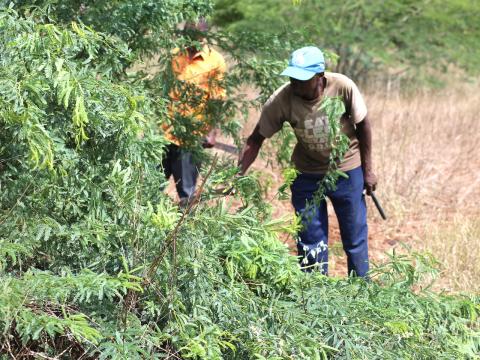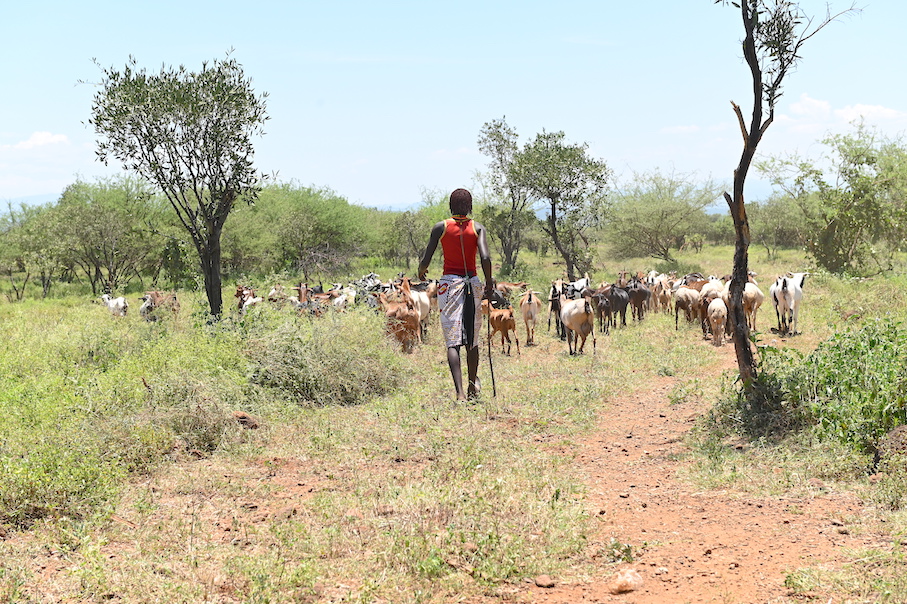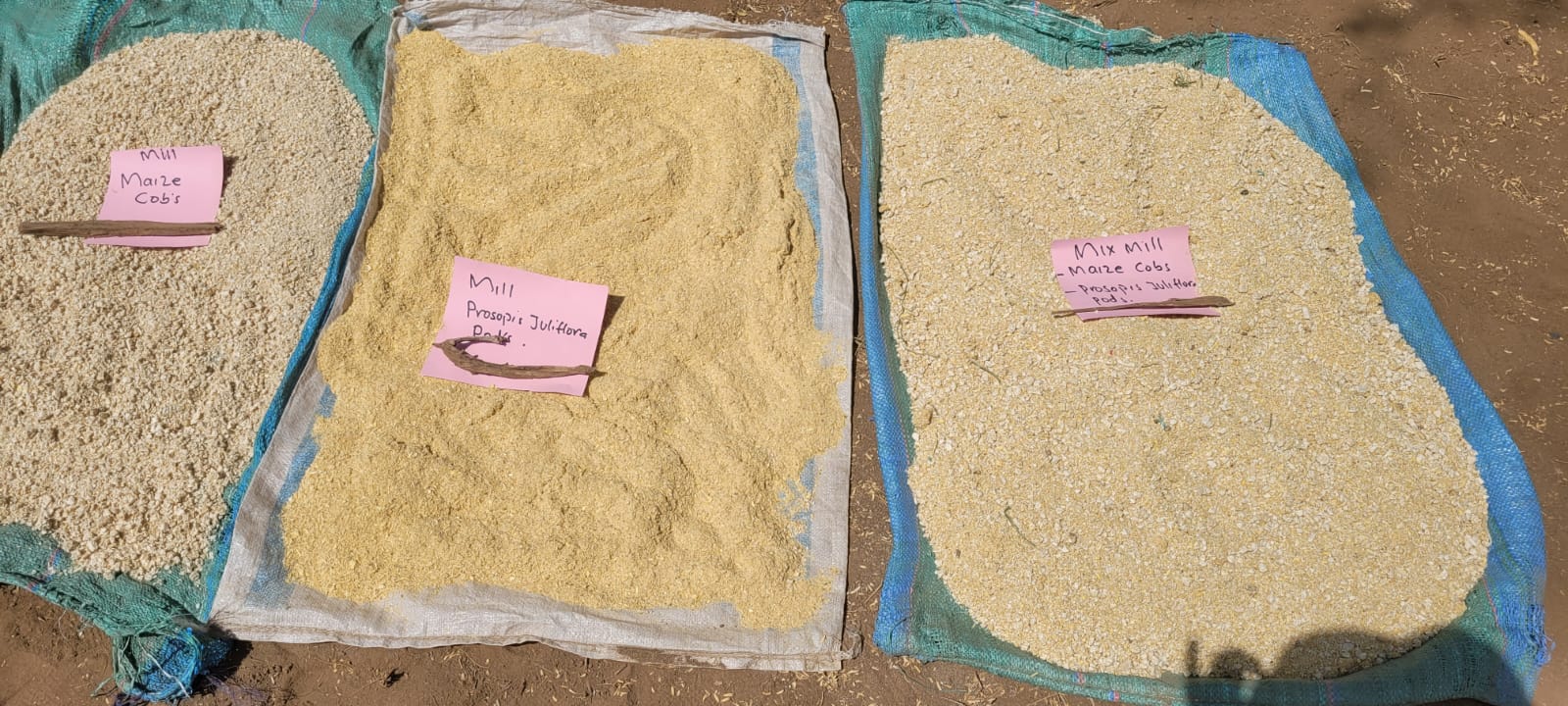Communities find economic value in invasive trees

By Hellen Owuor, Communications Officer (CRIFSUP), World Vision Kenya
Baringo is among the many counties prone to perennial droughts in Kenya, as a result of climate change.
During these long dry spells, most of the vegetation in the area – such as grass and thickets - usually wilts and takes on a dull brownish colour.
But one plant stands tall, defying all odds to remain green and healthy amidst the drought challenges in the area. This is the mathenge tree, an invasive species that is scientifically known as Prosopis Juliflora.
For a long time, local communities in Baringo County have suffered as a result of the existence of this invasive tree that causes them more harm than good.
It multiplies rapidly while colonising other plants, thereby leading to loss of biodiversity and farmlands.
The mathenge tree also causes livestock deaths when animals feed on its broad leaves that contain poisonous thorns.
Worse still, it causes a reduction in pasture that pastoral communities in Baringo heavily rely on, for the survival of livestock that is their main source of livelihood.
Due to its devastating effects on the environment and people’s livelihoods, the mathenge plant has been declared a threat to national security by the government of Kenya.

Government statistics indicate that the mathenge trees spread at the rate of 15 percent yearly and have so far colonised a million acres of land in Kenya.
As such, the government has developed a strategy to effectively manage them and halt their adverse effects on the environment, livestock and people's livelihoods.
World Vision, through the Central Rift Farmer Managed Natural Regeneration Scale-Up Project (CRIFSUP), is working with smallholder farmers and pastoralists in Baringo County to tackle the invasive mathenge tree problem so as to improve the well-being of children and families.
“Managing this tree by pruning has been the most effective method compared to uprooting and charcoal burning, because once the seeds are burnt, their germination is enhanced through seed scarification,” said Titus Kimono, the CRIFSUP Environmental Expert in Baringo County.
Already, the project has trained lead farmers on the best management practices and alternative uses of the mathenge trees.
Aside from firewood for cooking, the mathenge trees also provide timber for making furniture and seeds for feeding animals.
“When used as animal feed, the pods of the mathenge trees need to be ground first, then mixed with maize cobs before it is given to animals. This is because the pods can cause the breakage or loss of livestock teeth when eaten as they are,” notes Titus.

Aside from effectively managing the invasive mathenge trees, communities have also been trained on how they can encourage the natural regeneration of indigenous trees that are beneficial to them.